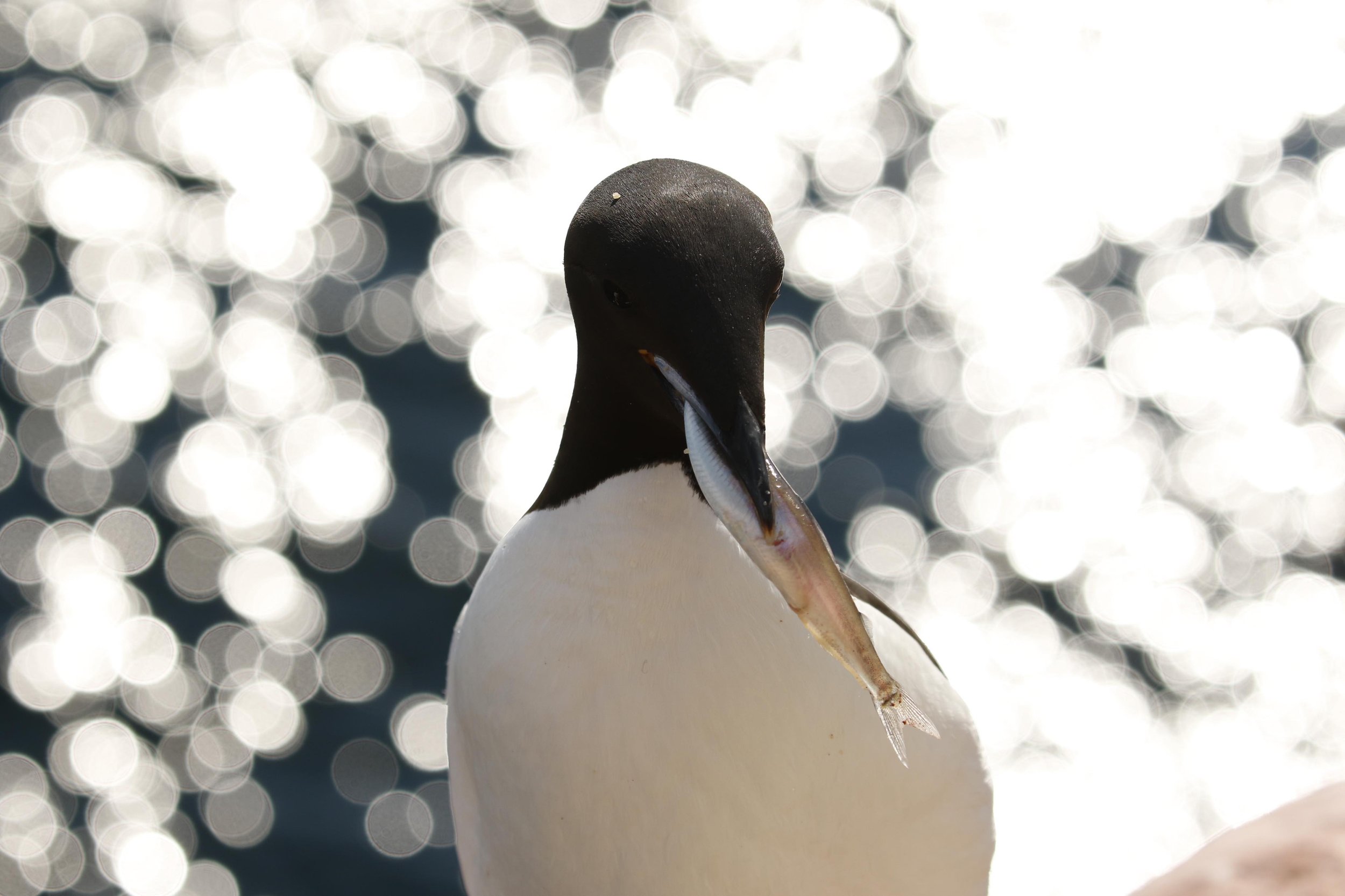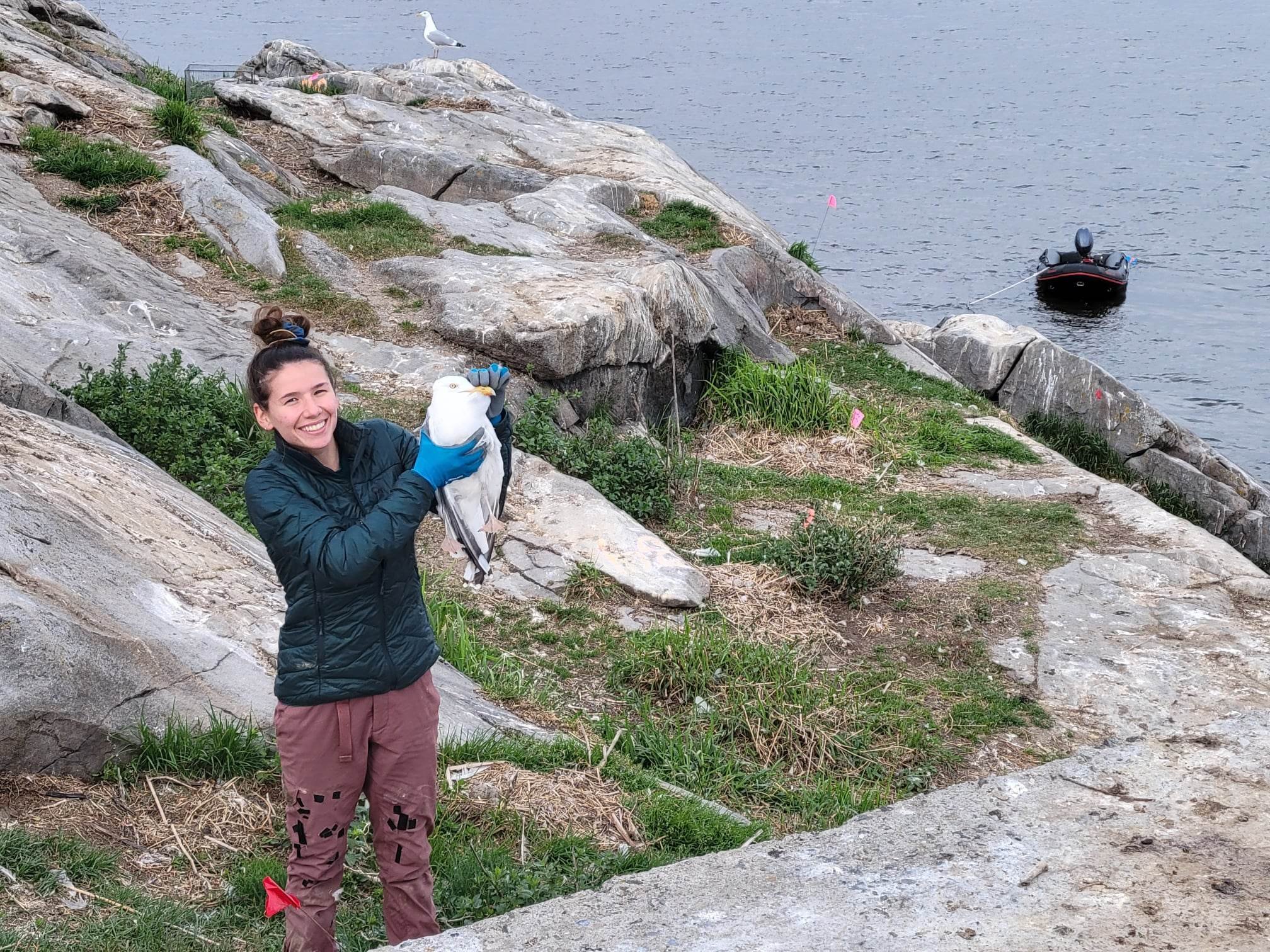
Explore our research sites

Coats Island
Nunavut, Canada
This study site is in northern Hudson Bay, Nunavut, and has been run by Tony Gaston (Environment Canada) since 1981. Following Tony's retirement in 2014, Grant Gilchrist and I are running the seabird camp on Coats Island. With the exception of 1982, 1983, 2012 and 2014, the thick-billed murre colony has been visited each year to record the timing of breeding, reproductive success and diet of individual murres on study plots. The site is unique in Canada as the only site where the reproductive history of individual non-passerine birds has been followed for over three decades. Coats Island was also the original site where Don Croll first measured the diving behaviour of any auk, and the team has compiled one of the best long-term datasets of the dietary preferences and energy intake, as well as the foraging behaviour and energy expenditure, of individual wild predators. A photo album from various visits to Coats is here. You can find Alyssa, Eli and Marianne here during the summer!

Middleton Island
Alaska, USA
This study site is in the Gulf of Alaska and has been run by Scott Hatch (Institute for Seabird Research and Conservation) intermittently since the 1970s. In 1995, Scott adapted a design originally pioneered by John Coulson in England to fit an abandoned radar tower with ledges and one-way glass. Each year since then, a subset of birds have been supplementally fed capelin, and their reproductive success monitored. The site is a globally unique laboratory where individual wild black-legged kittiwakes have been monitored for two decades and can be studied in close proximity. For many individuals, we know their date of birth, their date of death, their partners, the date they started breeding each year, how many offspring they produced each year, and how fast their offspring grew. Apart from the kittiwakes, a couple of dozen pairs of pelagic cormorants nest on the towers and can be studied via the same one-way glass windows. Tufted puffins, rhinoceros auklets, common murres, tree swallows, glaucous-winged gulls and a number of other species also occur on the island, and are studied in varying degrees of depth. A photo album from various visits to Middleton is available here. Both Tim Van Nus (here) and Mike Johns (here) have blogged about their experiences on the island.

St. Lawrence System
Quebec, Canada

McGill Bird Observatory
Montreal, Canada
The McGill Bird Observatory, located within the Wildlife Area at McGill University in Ste-Anne-de-Bellevue, Quebec, has a primary focus on year-round bird population monitoring. The observatory's main goal is to gather valuable data for the purpose of enhancing our comprehension of bird movements and population trends. In collaboration with the Canadian Migration Monitoring Network.















































